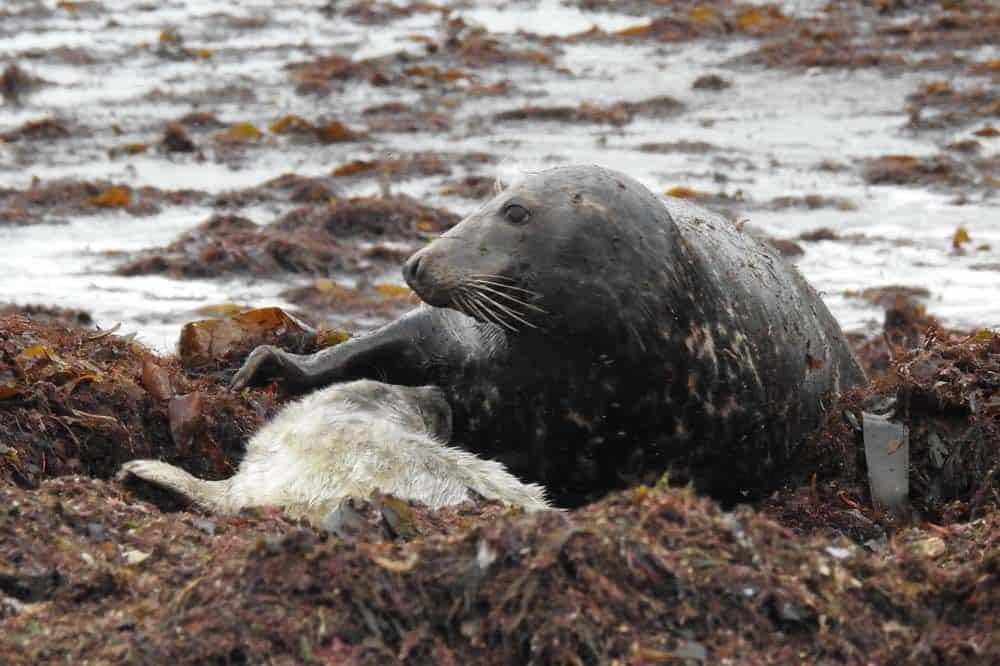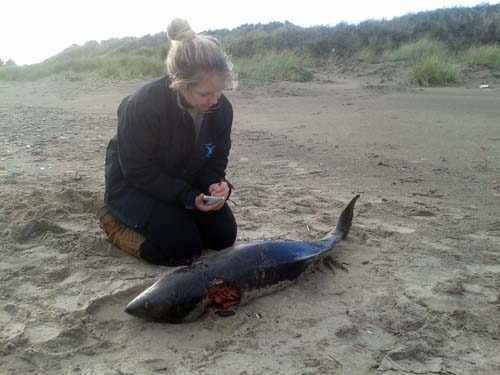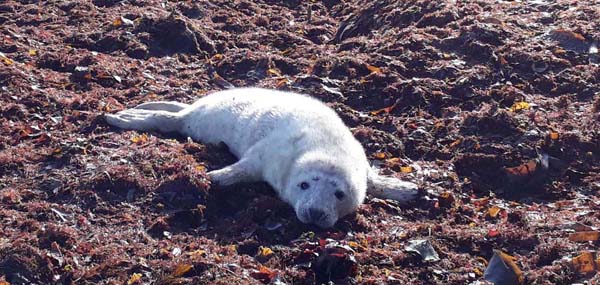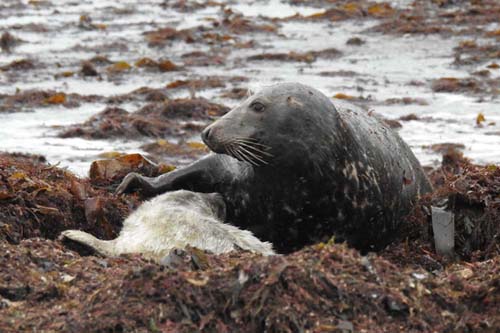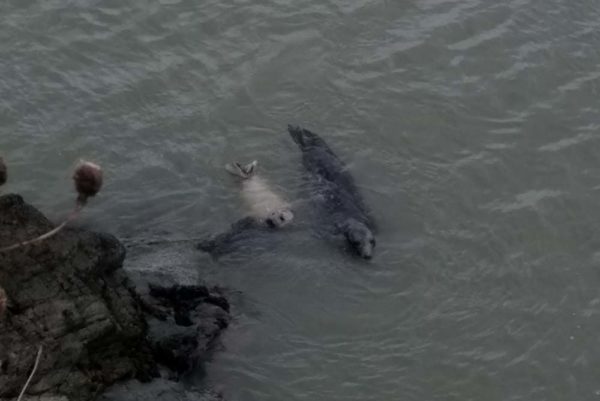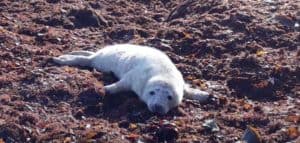
It’s not uncommon for beachcombers to come across live seal pups on the beach during pupping season in some countries. Seals need to haul out on land in order to sleep and take care of their young, so it’s absolutely normal for a live seal or a seal pup to be on a beach.
However, it’s important to know what to do if you find a seal pup on a busy beach, as it may be in danger from human disturbance. There is also the chance that you may come across a pup that has been injured or abandoned by its mother for some reason.
What to do if you find a live seal pup on the beach:
- Call your local Marine Wildlife Rescue operator immediately and take their advice. You should also inform the authorities responsible for managing the beach, including the police.
- Do not touch the animal or try to move it.
- Try to keep onlookers and dog walkers away from the pup until the authorities arrive. Keep disturbance to a minimum.
- Do not post photos of the seal on social media, especially busy forums, as this will attract more visitors. Not everyone is informed about how to behave around marine animals in distress.
- Observe the animal from a distance of at least 50 feet.
What to do if you find a dead seal on the beach:
If you find a dead seal on the beach, you should take the following actions:
- Call your local Marine Wildlife Rescue operator immediately and take their advice. You should also inform the authorities responsible for managing the beach, including the police.
- Do not touch the animal or try to move it.
Once you have reported your sighting to your local wildlife operator, a marine biologist may then visit the site to take a sample that may help to find out more about how the animal died. The local authority will then set about disposing of the carcass so that it does not create a health hazard for the public while it is decomposing.
